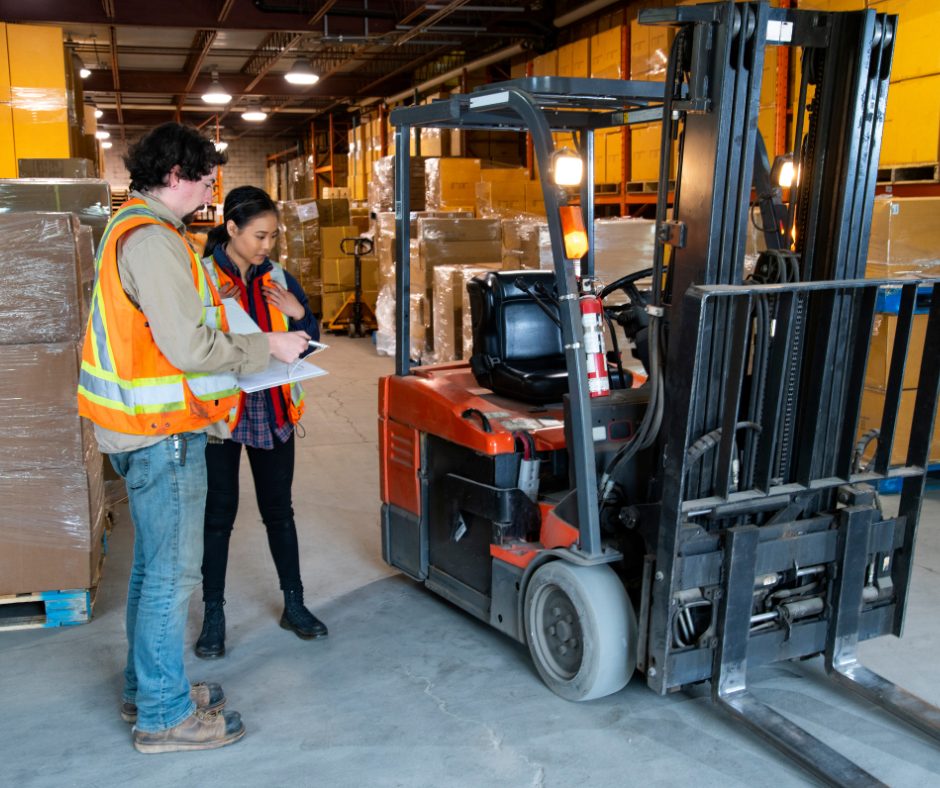In the rapidly advancing digital age, remaining at the forefront of technological innovation is not just desirable; it’s a must-have. For business leaders, understanding how technological advancements can improve operations and customer satisfaction is critical.
The October release from AWS promises a suite of new features and improvements designed to refine existing processes and introduce new efficiencies that we’re extremely excited to implement with our clients.
This article aims to break down each of these updates, providing you a detailed look at how these changes will impact business operations.
E-commerce Adaptations
Flash Packing
What It Does: Flash Packing is designed to accelerate the packing process in your warehouse. Imagine a Formula 1 pit stop; this feature aims to reduce the time it takes to package items, ensuring they are ready to be dispatched in record time.

Why This Matters to You: Faster packaging directly translates into faster shipping times, reducing the wait time between a customer clicking “buy now” and receiving their package. In a world where instant gratification is increasingly the norm, this feature serves to meet and exceed customer expectations for quick, efficient service.
Single Line Orders
What It Does: Single Line Orders is an intelligent feature that identifies orders consisting solely of a single product type or SKU. By recognising these simplified orders, the system can fast-track them through the fulfillment process.
Why This Matters to You: Faster processing times for straightforward orders leads to quicker delivery, positively impacting the customer experience by reducing the likelihood of delays and fostering repeat business.
Pick to Wall
What It Does: Pick to Wall takes the complexity of different orders into account and directs them to the most efficient picking locations within your warehouse. Think of it as a GPS for your warehouse workers, optimising their routes to pick items.
Why This Matters to You: Enhanced warehouse efficiency ensures timely and accurate deliveries. This operational benefit will likely result in increased customer satisfaction and retention.
AS Intel Enhancements
What It Does: The AS Intel Enhancements are designed to enhance your data analytics and reporting capabilities.
Why This Matters to You: Robust analytics can empower your business to offer personalised shopping experiences, ultimately increasing customer loyalty and lifetime value through customised recommendations and targeted marketing.

Zero Downtime
What It Does: This feature ensures that any system upgrades or maintenance will occur behind the scenes, eliminating disruptions to ongoing operations.
Why This Matters to You: The constant availability of your systems means customers can rely on your services to be available whenever they need them, significantly improving customer satisfaction and loyalty.
Machine Learning Integration
What It Does: This feature uses machine learning algorithms to handle complex tasks like inventory management, trend analysis, and even customer engagement to some extent.
Why This Matters to You: Smarter stock levels mean you are less likely to run out of popular items or overstock less popular ones, making your inventory management more reliable and efficient.
Extensibility
What It Does: The Extensibility feature allows for seamless integration of additional modules or third-party software systems without disrupting existing operations.
Why This Matters to You: As your business grows and diversifies, you can introduce new features or services without negatively impacting the customer experience.
Portal Leads to Adoption
What It Does: This update includes in-app training resources to help your team get acquainted with the new system features more quickly.
Why This Matters to You: A well-trained staff is more efficient and effective at assisting customers, offering a smoother and more enjoyable interaction with your business.
Voice Processing
What It Does: Advances in voice recognition technology are integrated into the system, with potential applications ranging from automated customer service to voice-directed warehouse operations.
Why This Matters to You: Improved voice recognition can speed up various processes, from customer service interactions to order fulfillment, resulting in a more interactive and efficient customer experience.
The upcoming October release from AWS is a significant stride forward in technological advancement, aimed at streamlining operations and boosting customer satisfaction from beginning to end. As executives, understanding the full range of these features—and why they matter to you—can equip you with the tools needed to make informed decisions. In today’s competitive business environment, staying ahead means not just keeping up with technological advancements, but leveraging them to their fullest potential.
If you’re looking to enhance and upgrade your warehouse management solution, get in touch.








